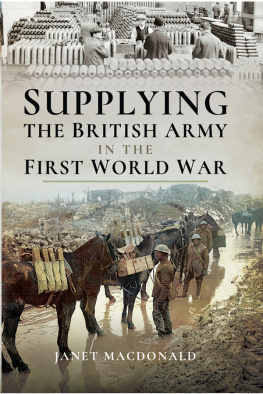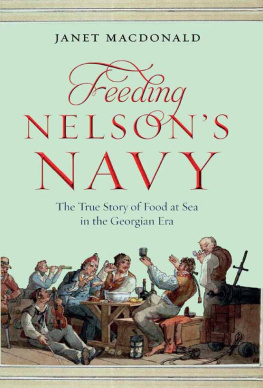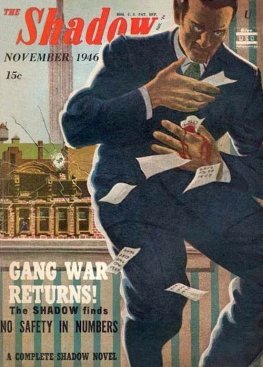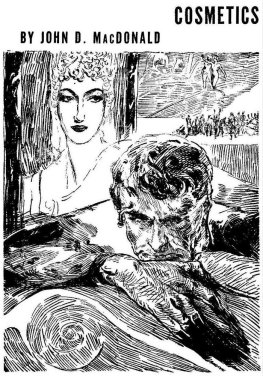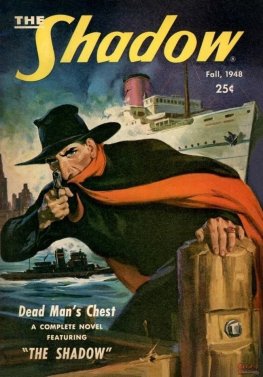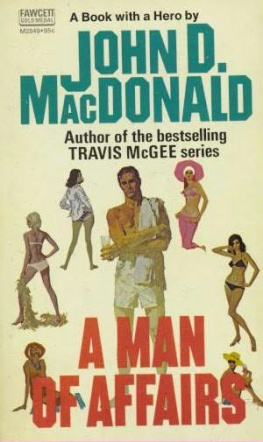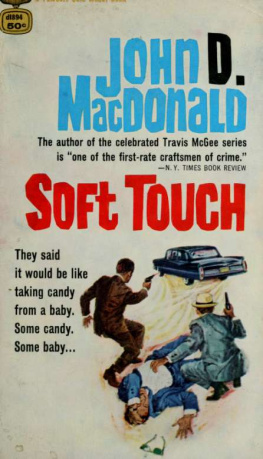Contents
Guide
Pagebreaks of the print version
- x
- xi
- xii
- xiii
- xiv
- xv
- xvi
- PLI
- PLII
- PLIII
- PLIV
- PLV
- PLVI
- PLVII
- PLVIII
This one is for John Sugden, who told me I should write a biography.
First published in Great Britain in 2016 by
Pen & Sword Military
an imprint of
Pen & Sword Books Ltd
47 Church Street
Barnsley
South Yorkshire
S70 2AS
Copyright Janet Macdonald 2016
ISBN: 978 1 47383 394 4
PDF ISBN: 978 1 47388 513 4
EPUB ISBN: 978 1 47388 512 7
PRC ISBN: 978 1 47388 511 0
The right of Janet Macdonald to be identified as the Author of this Work has been asserted by her in accordance with the Copyright, Designs and Patents Act 1988.
A CIP catalogue record for this book is available from the British Library
All rights reserved. No part of this book may be reproduced or transmitted in any form or by any means, electronic or mechanical including photocopying, recording or by any information storage and retrieval system, without permission from the Publisher in writing.
Typeset in Ehrhardt by
Mac Style Ltd, Bridlington, East Yorkshire
Printed and bound in the UK by CPI Group (UK) Ltd,
Croydon, CRO 4YY
Pen & Sword Books Ltd incorporates the imprints of Pen & Sword Archaeology, Atlas, Aviation, Battleground, Discovery, Family History, History, Maritime, Military, Naval, Politics, Railways, Select, Transport, True Crime, and Fiction, Frontline Books, Leo Cooper, Praetorian Press, Seaforth Publishing and Wharncliffe.
For a complete list of Pen & Sword titles please contact
PEN & SWORD BOOKS LIMITED
47 Church Street, Barnsley, South Yorkshire, S70 2AS, England
E-mail:
Website: www.pen-and-sword.co.uk
Contents
Authors Note
T his book contains numerous extracts from Sir John Moores correspondence and journals. I make no excuse for heavy use of these, for it is in his own words that the way he thought and reacted in various situations allows the character of the man to shine through. And for those who are as fortunate, as I have been, to see the original documents in Moores own hand, the way his writing deteriorates in times of stress is equally telling.
I have relied on these documents rather than any of the published biographies; these range from the hagiographic versions written soon after his death, through indignant defences of his reputation published early in the twentieth century (based mainly on the previous biographies) and a mid-twentieth-century biography which includes much tangential material and much use of authors licence and imagination which frequently takes it away from the factual to the fictional. Unfortunately most of the later writings on Moore rely heavily on this book and thus the myths have been perpetuated. Those who have previously read of Moore may wonder why I have omitted some details found elsewhere; this is because I have been unable to find a credible source for them.
But I have not ignored the academic studies that deal in depth with specific military situations in which Moore was involved, or the military histories such as William Napiers and Sir Charles Omans histories of the Peninsular War or Sir John Fortescues multi-volume History of the British Army.
Acknowledgements
I am grateful to Mick Crumplin for assistance on medical matters, Nigel Lipscombe for military matters, Piers Mackesy for sending me a translation of his paper on the abortive Cadiz landing, Bob Sutcliffe for information on the transports after the Convention of Cintra, the staff at the British Library, The National Archives at Kew and the library at the Royal Military Academy at Sandhurst, and as always, my husband, Ken Maxwell-Jones, for research assistance, chauffeuring duties, his tolerance of my obsession with Moore for the best part of five years and constant provision of excellent coffee.
Maps
Corsica
St Lucia
Ireland
North Holland
Environs of Alexandria
Lake Mareotis, Egypt
Sicily
Spain the advance
Spain
Battle of Corunna
Illustrations
The 8th Duke of Hamilton (centre) with Dr Moore (left) and the young John Moore (right)
Sir John Moore by Sir Thomas Lawrence
Monument to Sir John Moore in Glasgow
The Battle of Alexandria
Sir Ralph Abercromby
William Pitt the Younger
Pasquale Paoli
Gilbert Elliot, 1st Earl of Minto
Admiral Samuel Hood
Frederick, Duke of York
George Canning
Viscount Castlereagh
Shorncliffe Camp
Map of Shorncliffe Camp
Sir David Baird
British troops on the retreat to Corunna
Nicolas Jean-de-Dieu Soult
Arthur Wellesley, 1st Duke of Wellington
Sir John Moore receives his death wound
Sir John Moores tomb at Corunna
Monument to Sir John Moore, St Pauls Cathedral, London
Corsica.
St Lucia.
Ireland.
North Holland.
Environs of Alexandria.
Lake Mareotis, Egypt.
Sicily.
Spain the advance.
Spain.
Battle of Corunna.
Chapter 1
Early Days
B orn in the Trongate district of Glasgow on 13 November 1761, John Moore had four younger brothers: James, Graham, Charles and Francis. He also had a sister, Jane, who was three years older than him, and there had been five other children who did not survive. Unlike many army and navy officers of the time, John did not come from a family with a long tradition of military service; the closest was his great-grandfather, Captain Charles Moore, who had served in William IIIs army. His parents were Jean Simson, daughter of the Reverend Professor John Simson of Glasgow University, and John, a successful writer and a highly respected physician; it was this latter profession which allowed him to take young John with him on an extended trip to the Continent and as a result gave John a useful patron in the early part of his military career.


